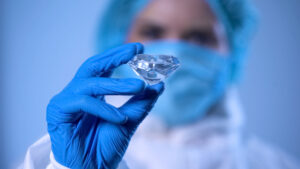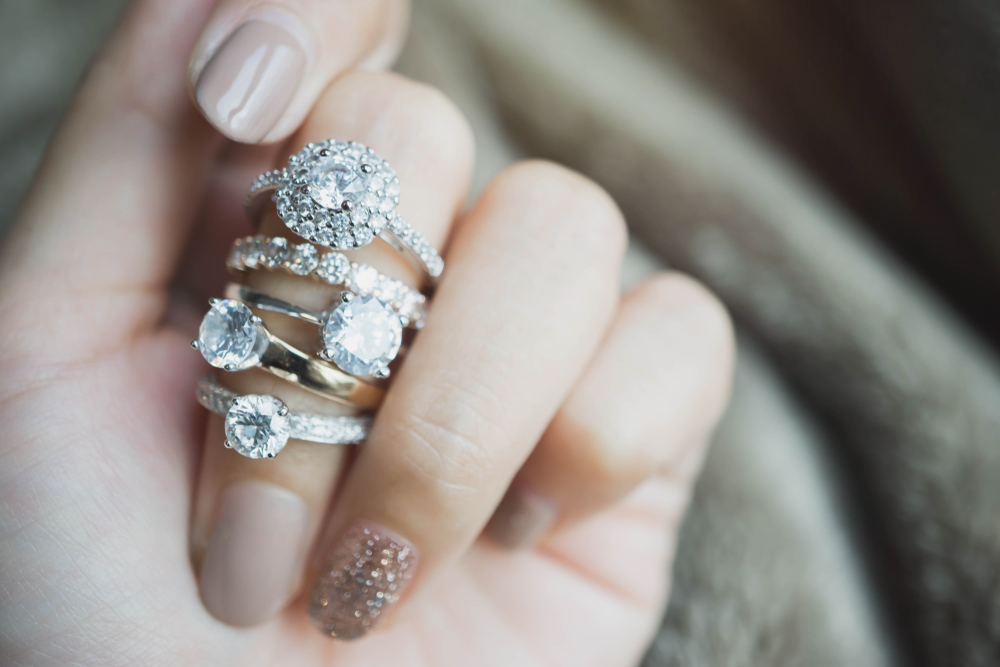
Miners have started self-regulating to help avoid the adverse effects of diamond mining. However, their operations stay environmentally harmful to a large extent. This is where lab grown diamonds come into the picture. It is possible to synthesize diamonds with the same physical, chemical and optical characteristics as natural diamonds.
How Can Diamond Mining Damage The Environment?
As per recent studies, mines that supply the requirement for natural diamonds contribute a lot to environmental damage. As per a recent report about Sierra Leone diamond mining studies, the chemical and physical outputs of mines contribute to serious environmental harm. That pollution has caused farmland to be unsuitable for crop creation, contaminated groundwater, damaged houses, and dried up wells.
Research also discovered a dangerous noise pollution level around Sierra Leone diamond mines. The broader impacts of that environmental damage are also observable. Health issues that arise from malaria and diarrhea affect communities around those mines.
An Alluvial Diamond
These are diamonds that got naturally eroded from their primary source associated with Kimberlite before getting deposited in an entirely new environment through waterways. Floodplains and riverbeds are the sources of alluvial diamonds.
Mining the diamonds can cause considerable environmental harm. River pollution, deforestation, harmful working conditions and water scarcity are among the common issues in the studied diamond mines.
Artificial Diamonds Are Materially The Same As Natural Diamonds

Diamonds are naturally formed underground since carbon gets subject to extreme pressure and heat over time. Subterranean volcanos also move diamonds nearer to the surface of the earth, where those get excavated.
That process is recreated in a lab environment, as the manufacturer puts a diamond seed in a heated and sealed chamber. The manufacturer subjects the chamber to considerable temperatures, similar to the natural temperatures. Then, the producer fills the chamber with gases and adds crystallized carbon to the main raw material over some days.
Lab-created diamonds and natural diamonds have identical chemical and physical features as well as are made from the same material in the same manner. Precious stone experts cannot tell synthetic diamonds and natural diamonds apart without 10x magnification equipment. It is this similarity that causes the GIA to inscribe the letters that represent the word lab-grown on these stones.
The use of artificial diamonds in diamond rings and other pieces of jewelry show that these gems are an alternative to their natural counterparts. Many people also purchase artificial diamond jewelry, which can eradicate the requirement for the socially and environmentally catastrophic mining industry.
